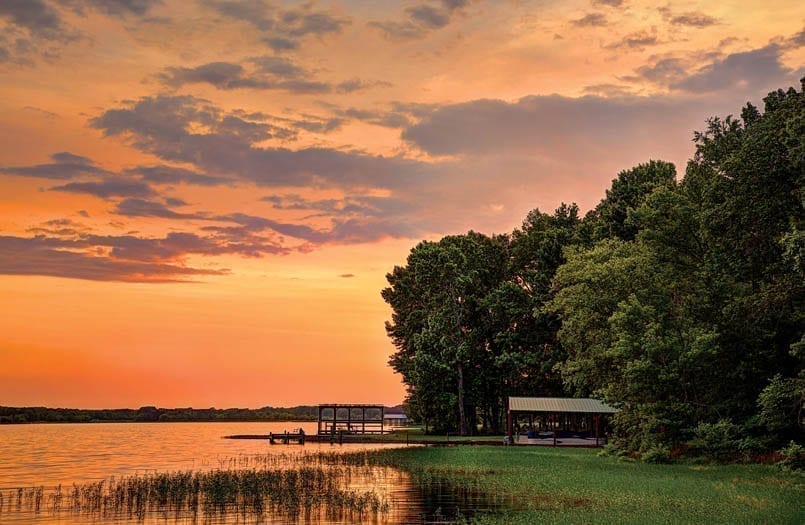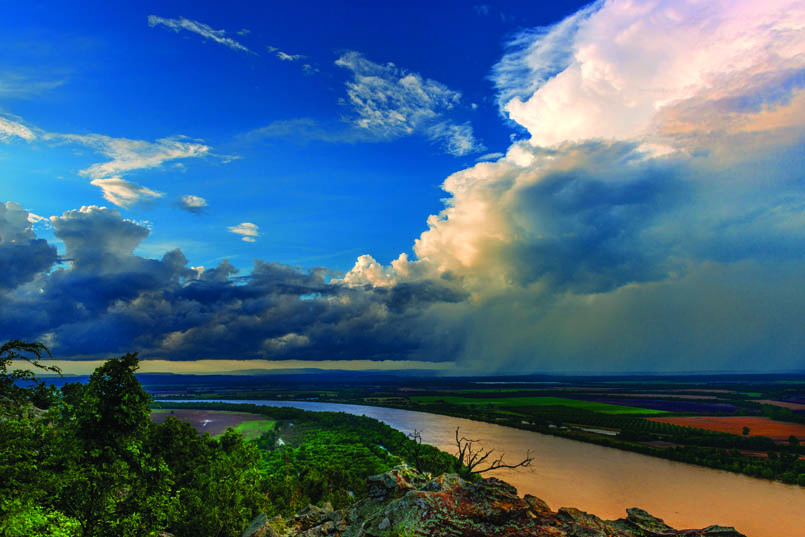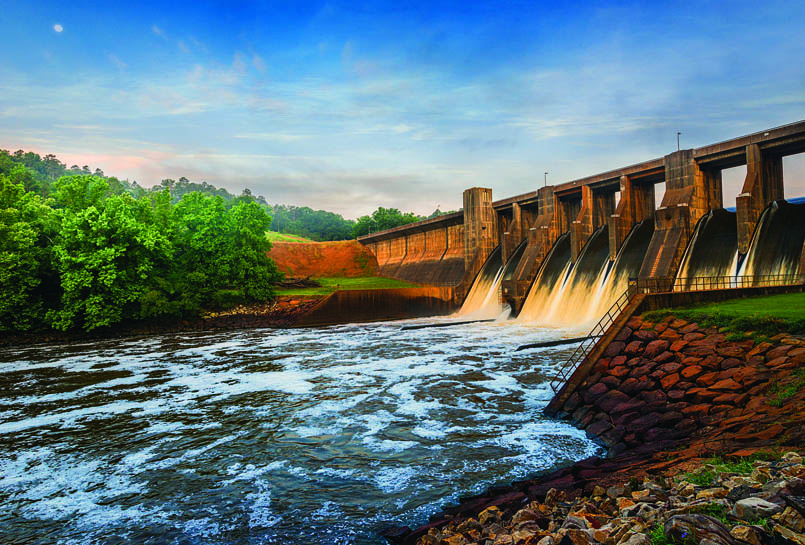31 May 2021 Cloudy with a chance of beauty
Photos and story by Linda Henderson
If you are or have a photography enthusiast in your life, you will know a lot about weather. Most of the time, you will know the current weather, possible hourly changes, and the latest 10-day predictions. You will likely be aware of sunset/sunrise times, phases of the moon, wind speeds, humidity, track of storms, and dew points. The reason for all this knowledge is that weather makes good or bad light, and that light may determine the quality of the photo.

What do you do when you plan a photography trip to a dream destination and the weather does not cooperate? The sky is gray or there are no clouds, and the light is so harsh that the subject is dull, and the color is washed out. Anyone can take a good photo when the light is amazing. If the clouds and light are perfect, a cellphone picture could be a printable photo. The person who can come away from the not-so-ideal conditions is the photographer who has learned how to use clouds, the sky, and weather to improve their photos.
Clouds
Being able to predict cloud cover, fog and visibility is the absolute best way to determine the quality of the light. This information will help plan how photo-worthy a morning or evening could be. Cloud cover can be divided into three types: low, medium, and high. Good landscape and natural light will be rendered by a mixture of all three types of clouds.
Low clouds are also called stratus clouds. They are found at below 6,500 feet and are smooth and layered in appearance. Low clouds tend to block out the light from a sunset or sunrise. A few low clouds add color and interest at the horizon.
Medium clouds are the big fluffy clouds and are associated with weather fronts. They catch lots of good color, especially if they occur prior to sunset or sunrise. But many times, they disappear too quickly.

High clouds are also called cirrus clouds. They are found at heights above 20,000 feet and are wispy in appearance. High clouds create beautiful landscape photos. They filter the light and catch the beautiful colors of sunset and sunrise. Because they filter out the harsh sunlight and provide good photography light, they extend the amount of time in the morning after sunrise and in the early evening before sunset. They add a good visual element to a photo and fill in a blank sky.
Photographing the sky
A bluebird sky is a common term used for a day where there is not a cloud in the sky. It contains little haze or interest.
Most non-photographers think that is the perfect sky, but not photographers. We strongly dislike bluebird skies. The sun’s light is not filtered by clouds and produces very harsh or “hot” light.
What to photo with a bluebird sky day? Photograph only during the golden hour, which is one hour before and after sunrise or sunset when the sun is low in the horizon and produces wonderful warm diffused light. Look for light falling on the landscape in an interesting way. Take photos of environmental subjects but do not include the sky in the photo.
What to photograph with a gray sky? Gray skies are skies without contrast. Thick clouds cover and block the light, making it flat, dull, or dirty light as a result. The day is not lost. Great photos can be made under a gray sky.
What to photo with a gray sky? Do not include the sky in the photo. Find a high place from which to photograph the landscape so that you shoot downward. Do not shoot a wide-angle lens during a gray sky. Take photos of architecture like monuments, roadside attractions, old buildings, and churches. Just eliminate the sky, or look for small elements like flowers, bugs, or leaves.

A rainy sky can enhance nature’s colors. Leaves and foliage will appear even more vivid. Photograph water droplets, puddles, umbrellas in the rain, people running in the rain, and children playing in the rain.
Best skies do happen occasionally, so be prepared and not on the couch wishing for an opportunity.
Most stunning skies occur around the time the sun rises and sets. The rising and setting of the sun bring out nature’s best colors. The sky will light up with pinks, reds, oranges, yellows, and purples at the horizon. The sky can take on ombre shades of blue that you only see between the light of day and dark of night. A sky like this is never seen during midday. Sometimes these colors will peter out prior to the sunset, but do not leave. Wait for twilight as the sky can catch light from the sun setting beyond the horizon.
To increase your odds of getting fantastic photographs, I recommend two smartphone apps. Clear Outside and TPE (The Photographer’s Ephemeris) are available on an iOS platform.
Taking beautiful photos of skies and weather will require a little ability and knowledge, but with effort and the honing of your photography skills, you will be able to capture the beauty of the outdoors.










